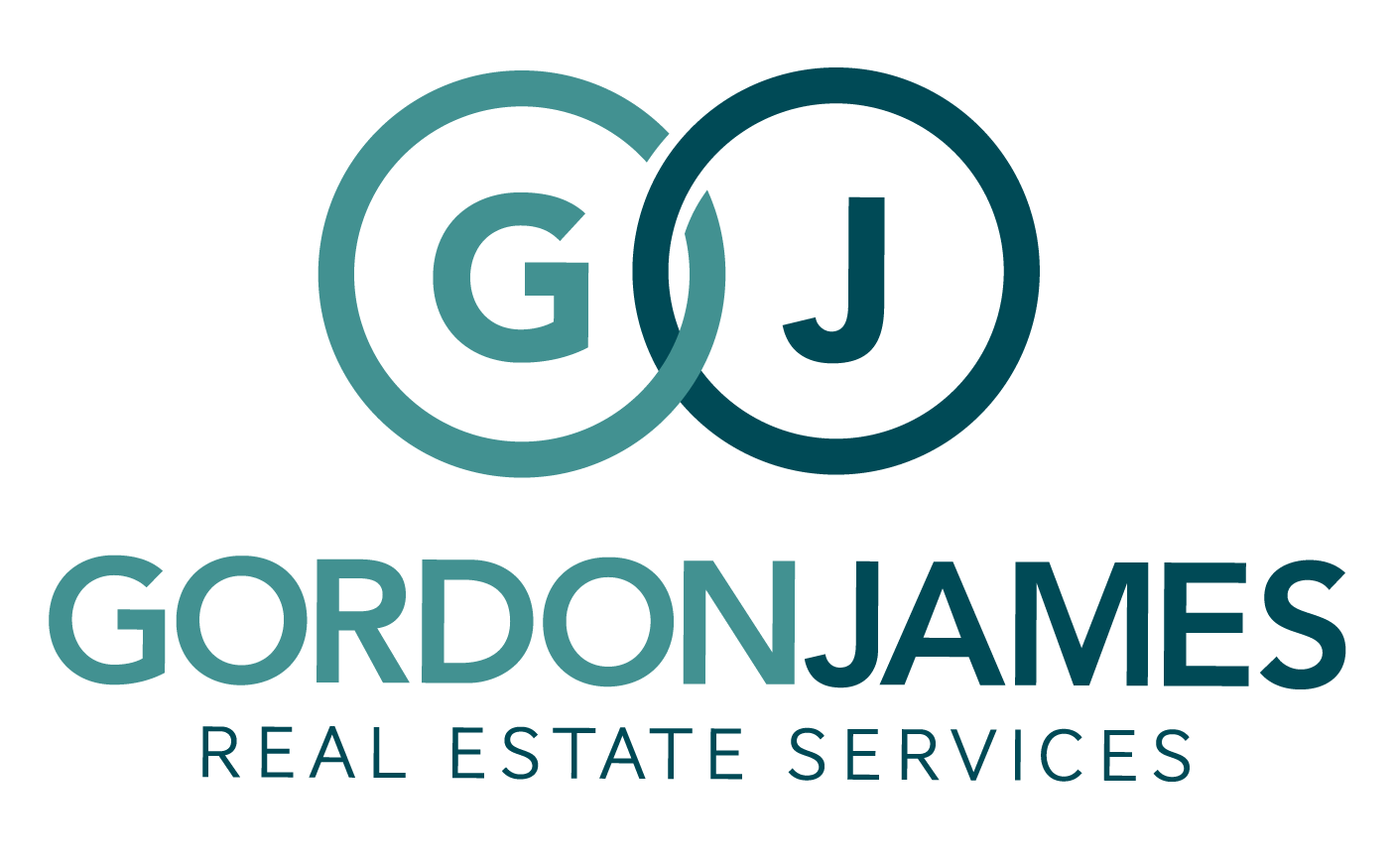Understanding Robert’s Rules Of Order Privileged Motions

Under Robert's Rules of Order, privileged motions are pivotal in ensuring efficient and effective parliamentary proceedings. These privileged motions allow an assembly to tackle issues and prioritize business accordingly.
Browse By Category
Sign up for Our Newsletter
Under Robert’s Rules of Order, privileged motions are pivotal in ensuring efficient and effective parliamentary proceedings. These privileged motions allow an assembly to tackle issues and prioritize business accordingly.
6 Important Robert’s Rules of Order Privileged Motions
According to Robert’s Rules of Order, a privileged motion is a parliamentary motion related to urgent issues. Therefore, privileged motions take precedence over other motions. As the name suggests, privileged motions have to do with the rights and privileges of the members and the assembly.
There are six types of privileged motions in Robert’s Rules of Order. Let’s discuss each one below.
1. Call for the Orders of the Day
- Objective: Make sure the assembly follows the set agenda or order of business through the initiation of discussion on general or specific orders.
- A member can request the orders of the day.
- Needs a second? No.
- Amendable? No.
- Debatable? No.
- Two-thirds majority vote required? Yes, unless members agree to suspend the orders of the day.
- Reconsideration possible? No.
- Outcome: Stops current activities to redirect the focus of the meeting to the set orders of the day.
To steer the meeting in the right direction or address a delay in a specific action, a member can ask for the day’s orders. The chair must immediately move on to the planned items or call for a vote to stray outside the agenda. If the chair assumes the motion to stray from the plan, a two-thirds vote against it is necessary for approval. Conversely, if a member suggests straying from the orders of the day, a two-thirds affirmative vote is needed for approval.
To suggest putting aside the orders of the day, a member can state, “I move to extend the time for considering the pending matter.” This proposal requires a two-thirds affirmative vote for approval.
2. Raise a Question of Privilege
- Objective: Let a member immediately raise a request or main motion that concerns the assembly’s rights, a single member’s rights, or pressing matters in the middle of other business.
- Needs a second? No.
- Debatable? No.
- The chair rules on the request.
- Outcome: The chair rules the final decision.
According to Robert’s Rules of Order, initiating a “Question of Privilege” entails a member urgently introducing a subject connected to the assembly’s or an individual’s rights and privileges. The meeting chair decides on the appeal. If the chair validates the concern, the assembly can immediately handle it, bypassing the regular formalities.
3. Recess
- Objective: To go on a short break and then resume business where left off.
- Needs a second? Yes.
- Amendable? Only the duration of the break.
- Debatable? No.
- Majority vote required? Yes.
- Reconsideration possible? No, but a member can make the same motion after the meeting moves a little.
- Outcome: The meeting takes a brief break.
A break is usually short, spanning only a few hours at most and never surpassing a day. Should members want a longer break, they should schedule an adjourned meeting.
It’s important to highlight that a break may occur when there is no pending business. In such instances, the motion to break turns into an incidental main motion. Unlike the prior application of a break as a privileged motion, a recess as an incidental main motion permits debate.
4. Adjourn
- Objective: To end the meeting immediately.
- Needs a second? Yes.
- Amendable? No.
- Debatable? No.
- Majority vote required? Yes.
- Reconsideration possible? No, but if the first one falls through, members can make the same motion after the meeting moves a little.
- Outcome: It ends the meeting immediately, stopping business at the point of adjournment. If the meeting concludes in the middle of an ongoing discussion, the motion files under unfinished business and general orders in the agenda of the following meeting.
The motion to adjourn holds precedence over all other motions, excluding fixing the time for adjournment. Yet, proposing the motion to conclude isn’t allowed during the assembly’s voting, verifying a vote, or before the chair declares the vote outcome. However, amid a ballot vote, one may make the motion to adjourn after the tellers collect all the ballots before unveiling the results.
The following actions are allowed while considering the motion to adjourn:
- Informing the assembly about a crucial business before concluding
- Issuing important announcements
- Proposing a motion to reconsider a previous vote
- Recommending a motion to reconsider the vote and recording it in the minutes
- Supplying advance notice of a motion for the subsequent meeting
- Proposing the motion to set the time for the next adjournment
Members can also propose these motions and announcements after adopting the adjournment vote but before the chair officially concludes the meeting.
5. Fix the Time to Which to Adjourn
- Objective: To delay the meeting and postpone it to a later time, but it must take place before the next regular meeting.
- Needs a second? Yes.
- Amendable? Only the time and date of the adjourned meeting.
- Debatable? No.
- Majority vote required? Yes.
- Reconsideration possible? Yes.
- Outcome: Sets the time, date, and place for the continuation of the meeting.
This motion holds the top rank and serves as a legal extension of the current meeting. Without ongoing business, the motion to fix the time for the next adjournment turns into an incidental main motion. An incidental main motion shares all the characteristics of a main motion, including the right to engage in debate. In contrast, a privileged motion doesn’t have this.
6. Fix the Time at Which to Adjourn
- Objective: To set a time to conclude the meeting.
- Needs a second? Yes.
- Amendable? Only the time for adjournment.
- Debatable? As an incidental motion, yes.
- Majority vote required? Yes.
- Reconsideration possible? No.
- Outcome: The meeting must conclude at the fixed time for adjournment, which the presiding officer must ensure. If members want to continue the meeting, they must make a motion to suspend the rules in order.
Members make the motion to fix the time to adjourn in the absence of any other pending business. Although a particular adjournment time is established, members still have the option to suggest adjourning at any juncture during the meeting. Upon approval of the motion, the meeting concludes. The purpose of setting the time to adjourn is to avoid extending a meeting beyond the intended duration of the assembly.
Tackling Privileged Motions
The privileged motions outlined in Robert’s Rules of Order play a crucial role in upholding order and ensuring the efficient flow of meetings. Whether it’s requests for orders of the day or proposals for recess and adjournment, each privileged motion is governed by specific regulations that enhance the smooth operation of parliamentary procedures. However, not all HOA boards possess the expertise to navigate the complexities of Robert’s Rules.
Up Next:
- What Are Robert’s Rules Of Order Incidental Motions?
- Robert’s Rules Of Order Renewing A Motion: What To Do
- Robert’s Rules Of Order Officers: What Do They Do?
Trending Now
Related Article
Sign up for Our Monthly Newsletter
Sign up below for monthly updates on all HOA Resource
















